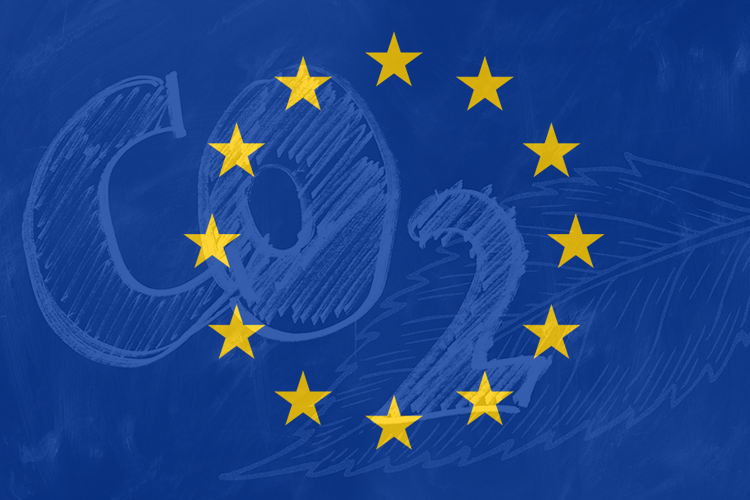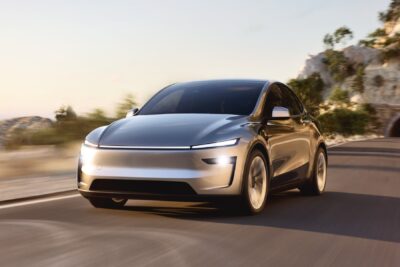EU announces stricter climate targets for 2030
The EU has adopted more ambitious climate protection targets for 2030. By this year, CO2 emissions are now to be reduced by at least 55 per cent compared with 1990. Previously, a reduction in CO2 emissions of only 40 per cent was planned by 2030.
The 27 heads of state and government agreed on this new target at the EU summit in Brussels, as EU Council President Charles Michel announced on Twitter. According to Michel, Europe is “leading the way in the fight against climate change.” EU Commission President Ursula von der Leyen also welcomed the decision.
The EU has set itself the goal of being climate neutral by 2050. The 40 per cent CO2 reduction by 2030 was previously envisaged as an interim step. To achieve the purposes of the Paris climate agreement, they say a tightening was necessary with the EU Parliament had wanted a reduction by 60 per cent. Parliament still has to approve the Commission’s new emissions goal.
Europe is the leader in the fight against climate change.
We decided to cut our greenhouse gas emissions of at least 55% by 2030. #EUCO pic.twitter.com/XfoCacHoq0
— Charles Michel (@eucopresident) December 11, 2020
The turning point in the negotiations was financial pledges to Eastern European countries that are more heavily dependent on coal such as Poland, the Czech Republic and Hungary, which had demanded more aid for the transition to non-fossil power generation. Poland held its ground for a guarantee that promised funding from the EU carbon market for poorer countries would not be reduced. It also made sure that future national emissions-cutting targets for specific sectors, would be based on the gross domestic product so that less prosperous states would be required to cut less. Many countries had opposed these demands because they would pre-empt detailed proposals that the EU Commission will make next year. Stronger support for the European nuclear industry, also demanded by Eastern European countries and France, did not make it into the summit’s final declaration.
The transport sector will also have to make a significant contribution to the new target. As reported, the EU Commission wants new cars to emit an average of 50 per cent less CO2 in 2030 instead of the previously planned 37.5 per cent. In a strategy paper published a week ago, the Commission named at least 30 million electric vehicles, three million charging points and 1,000 hydrogen filling stations as targets for 2030.
The 55 per cent reduction target comes as no surprise; that figure has been mentioned for some time. The summit itself is more about what concessions need to be made for the target to be adopted.
But now that the decision has been made, the concrete implications will gradually become apparent. Countries will have to adjust their national CO2 targets, the energy industry will have to switch from fossil fuels more quickly than previously planned, and the automotive industry will have to bring more vehicles with environmentally friendly drive systems onto the market. In the transport sector, moreover, the precise design of the Euro 7 emissions standard is still to be decided, which is also likely to be shaped by the goals of the Paris climate protection agreement.
The UK, which is set to leave the EU’s single market and customs union at the end of the month has vowed that environmental standards will not suffer as a result and it looks as if they may be more ambitious. British Prime Minister Boris Johnson announced last week that he wants the UK to cut greenhouse gas emissions by at least 68% from 1990 levels by 2030.
The new EU emission target comes five years after COP21 when most countries agreed on a 1.5-degree goal to curb global warming. Climate activists such as these in the global Fridays for Future movement consider most measures taken so far as insufficient to stay within the Paris D’Accord.
Additional reporting by Nora Manthey.





0 Comments